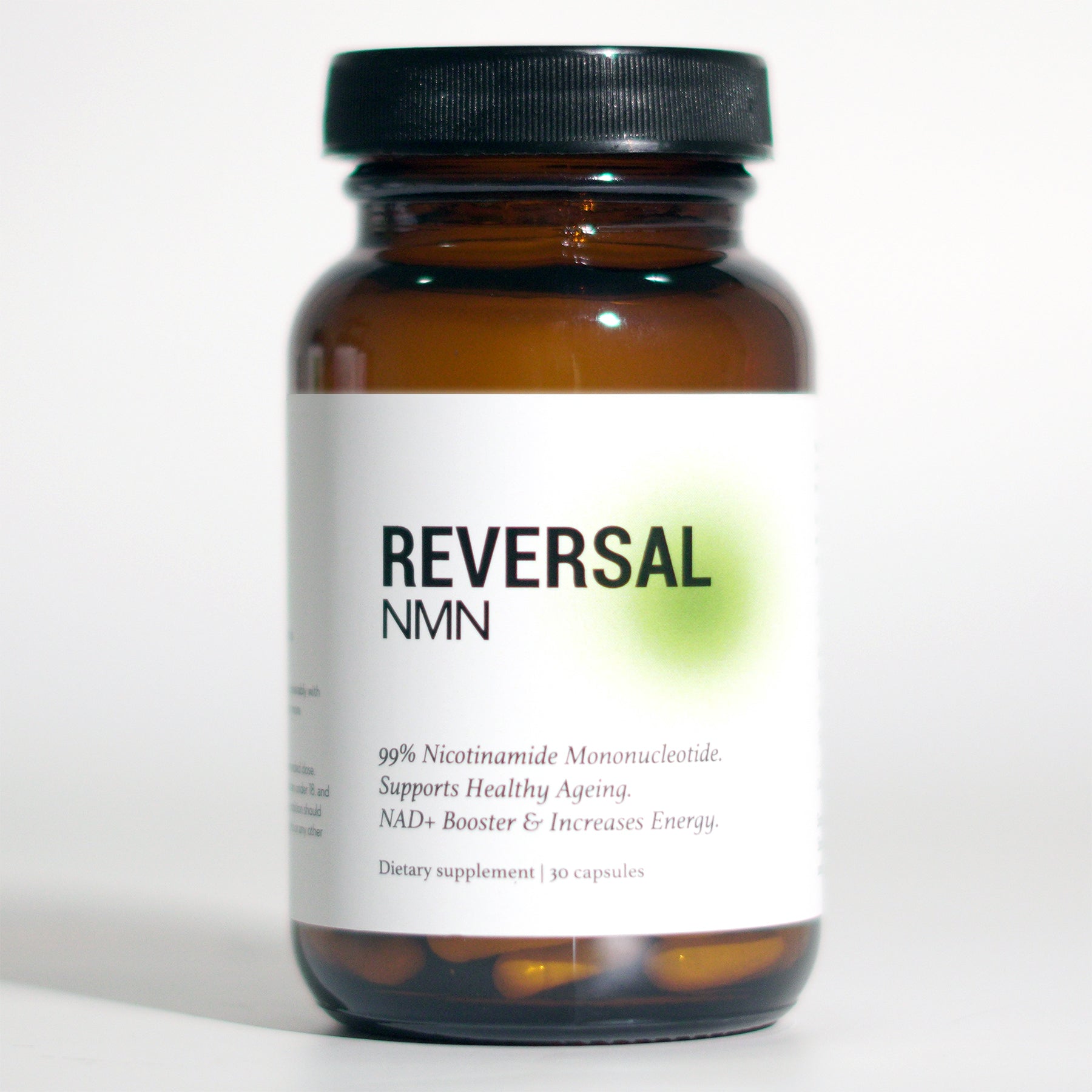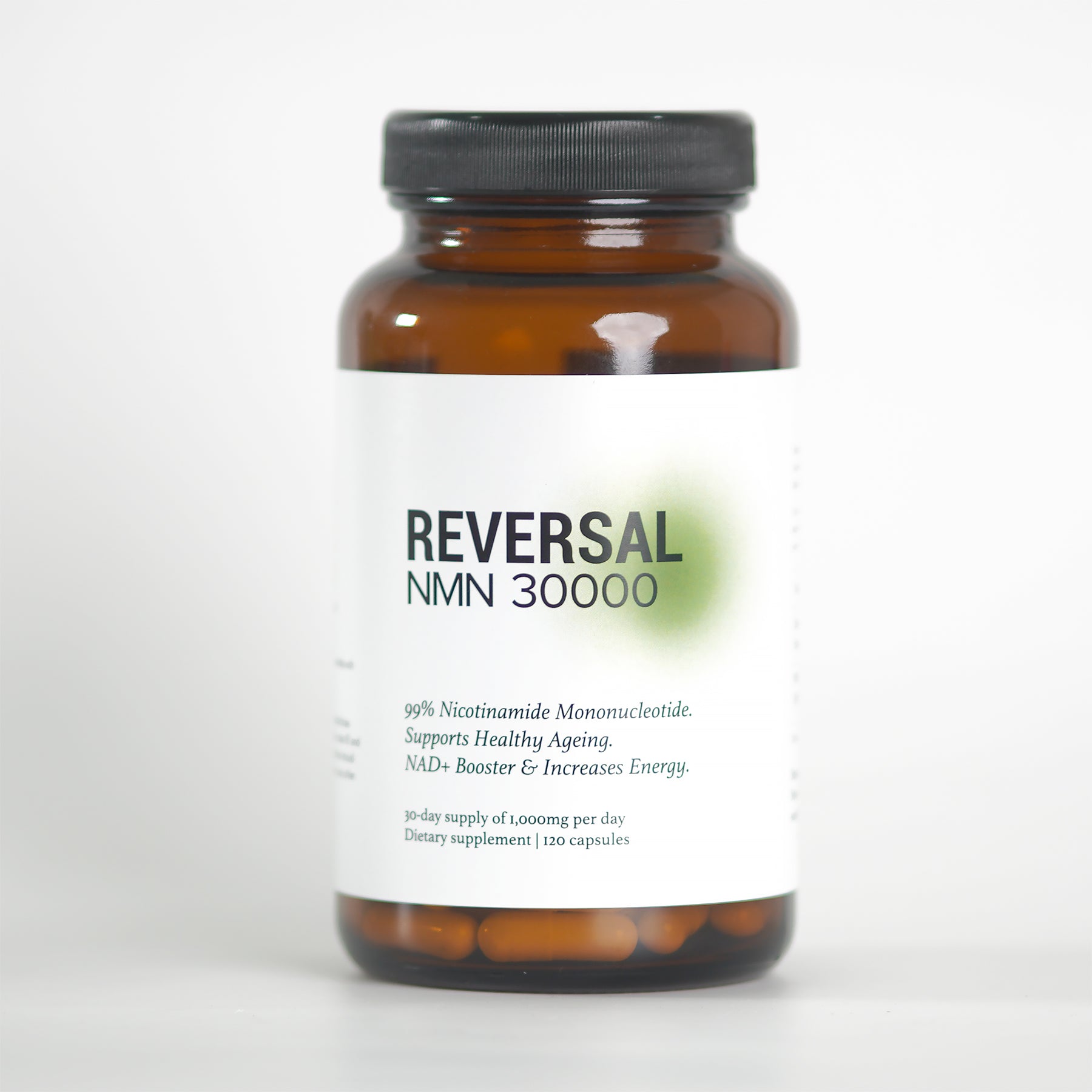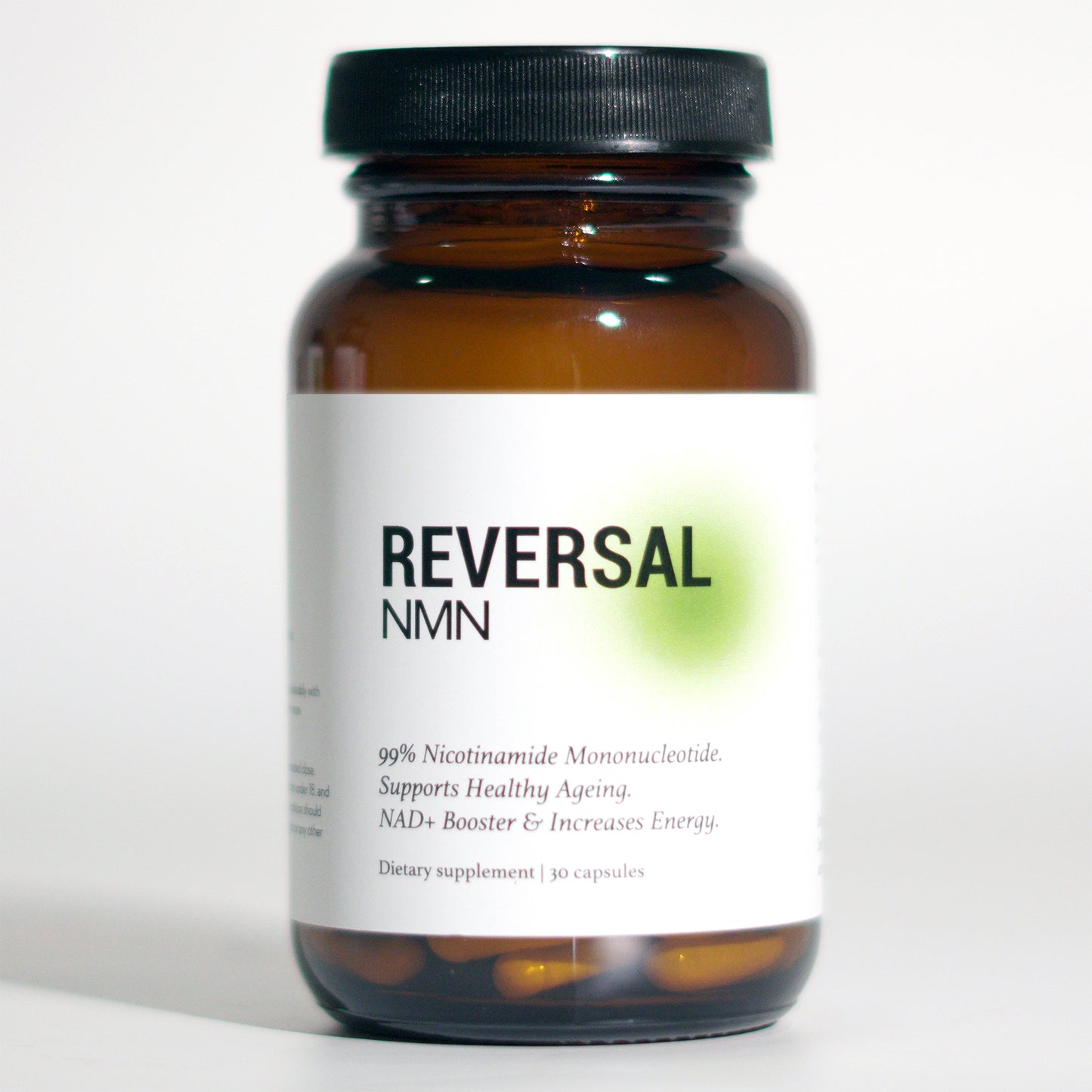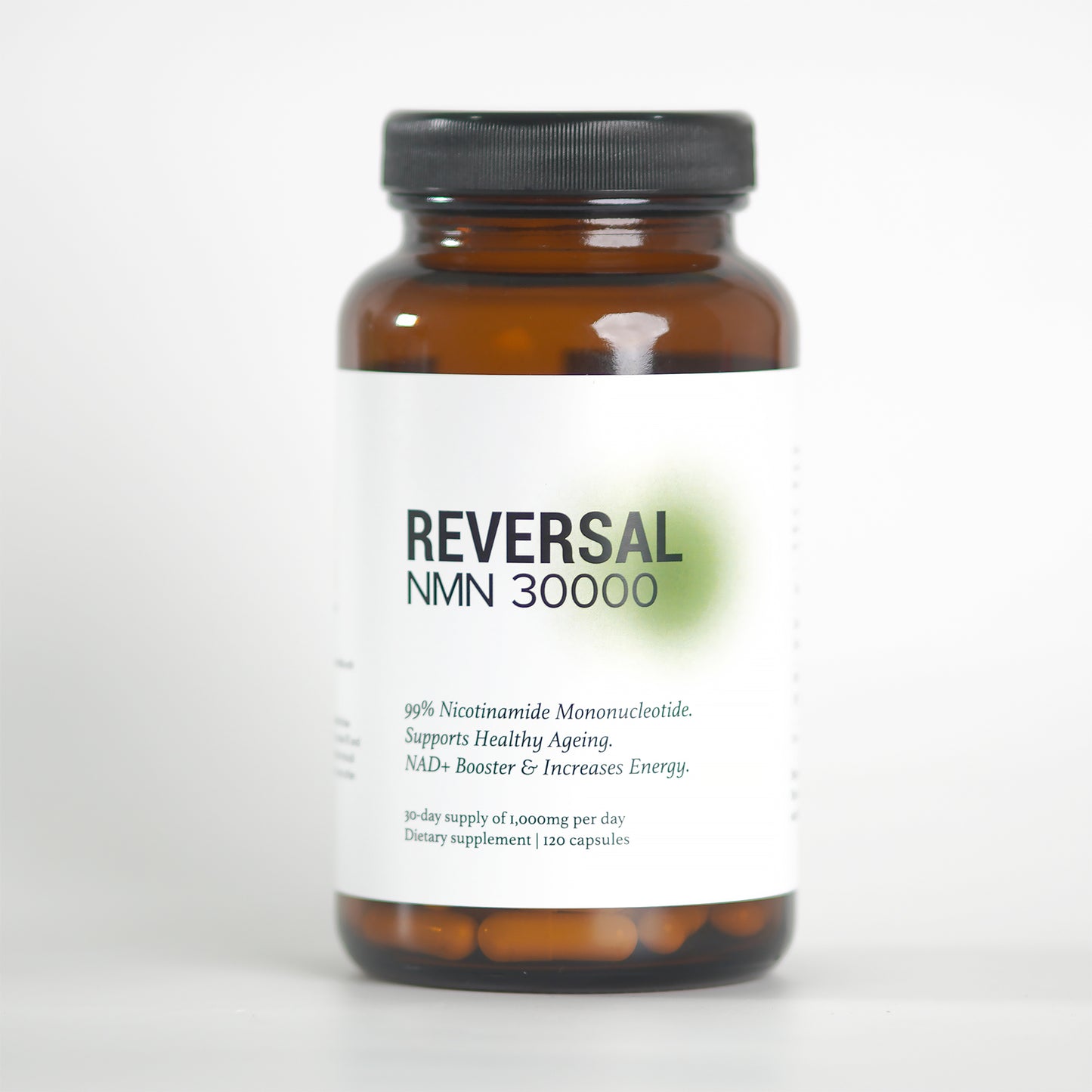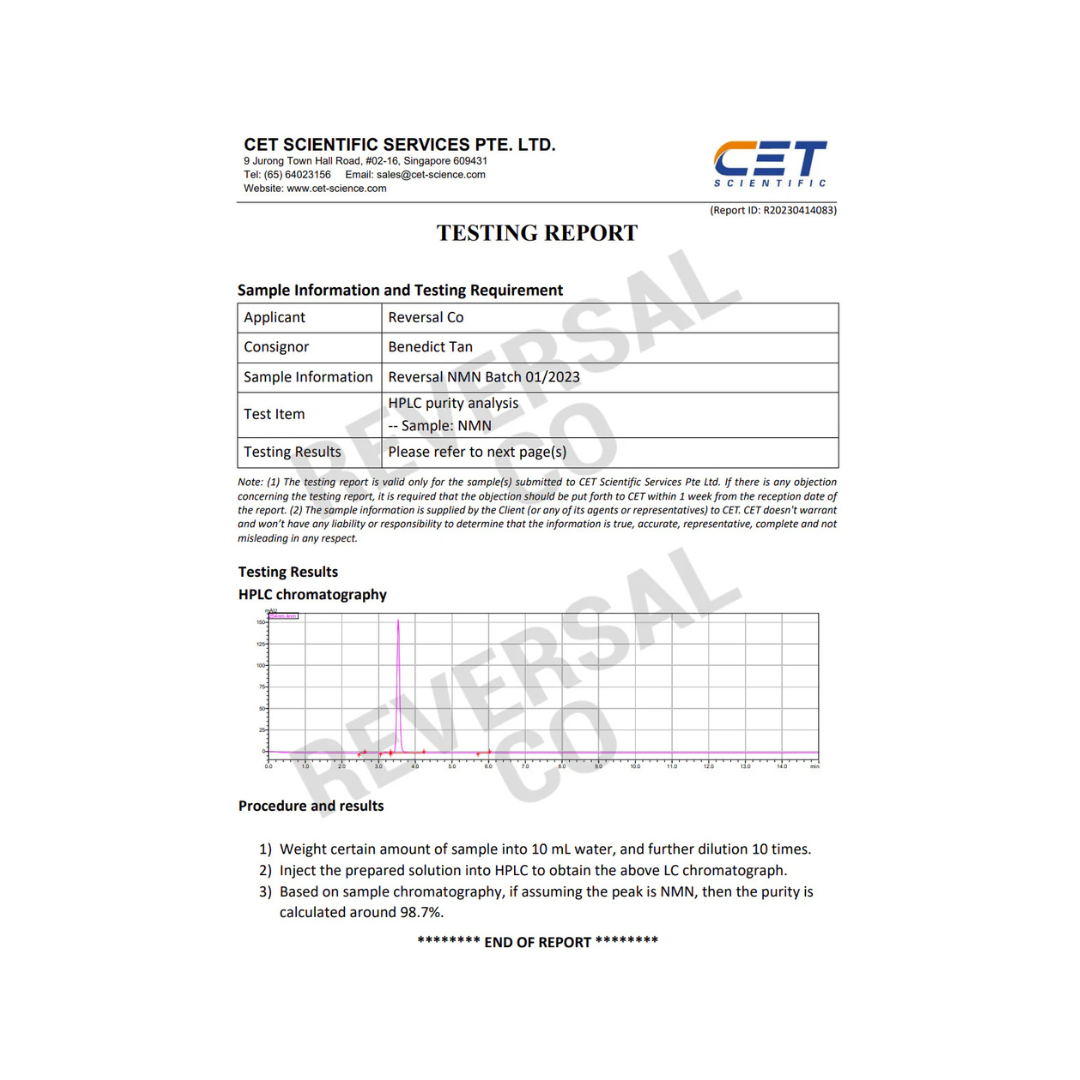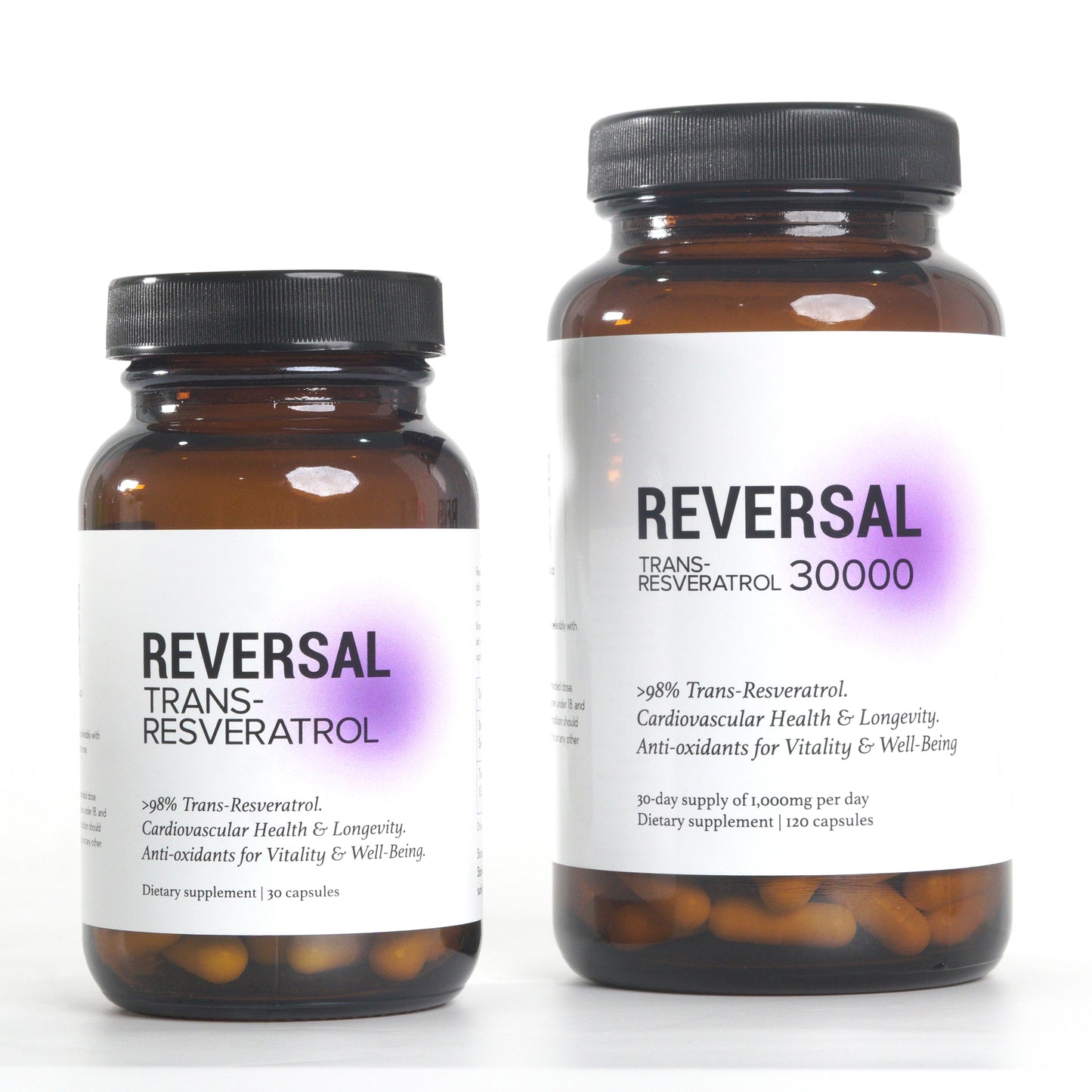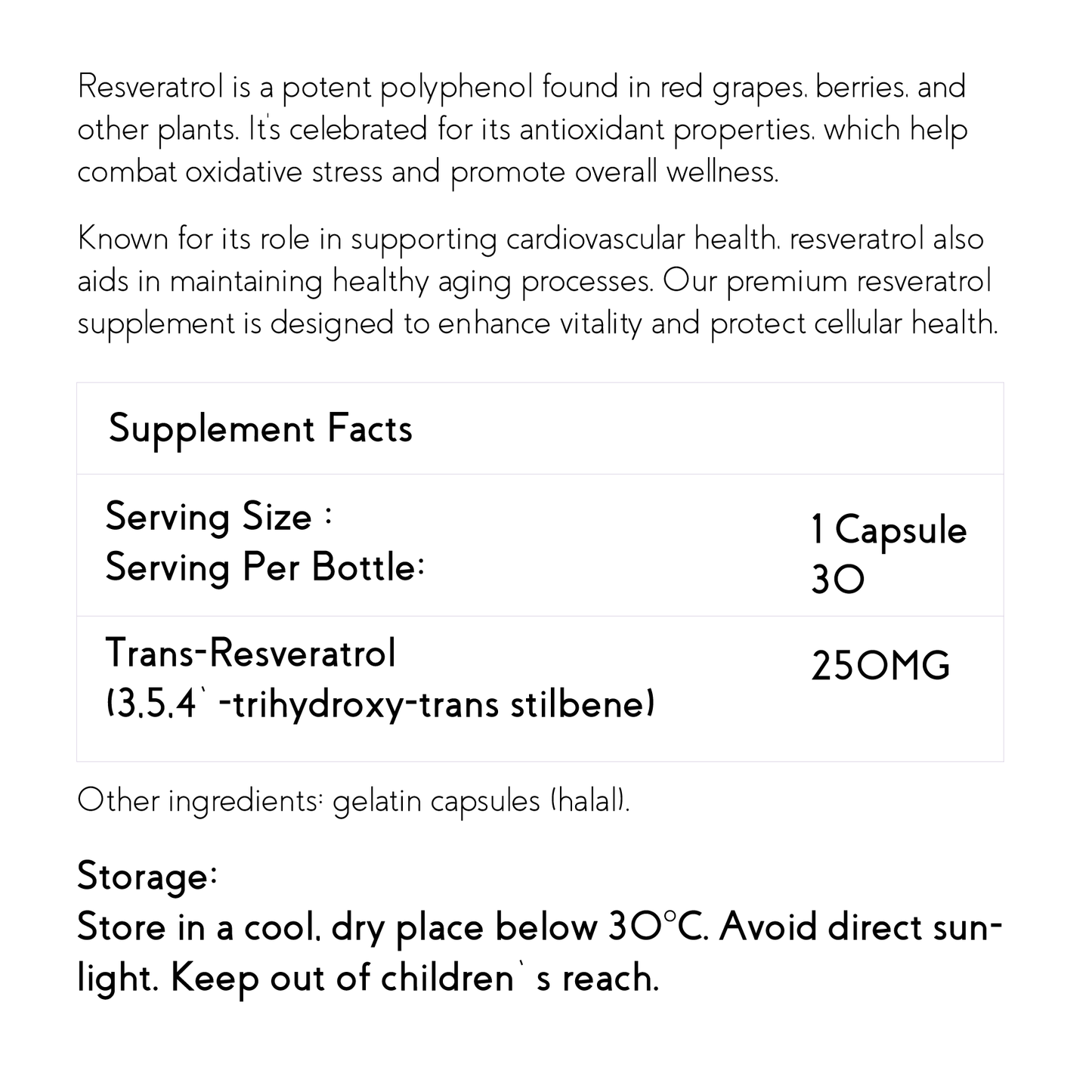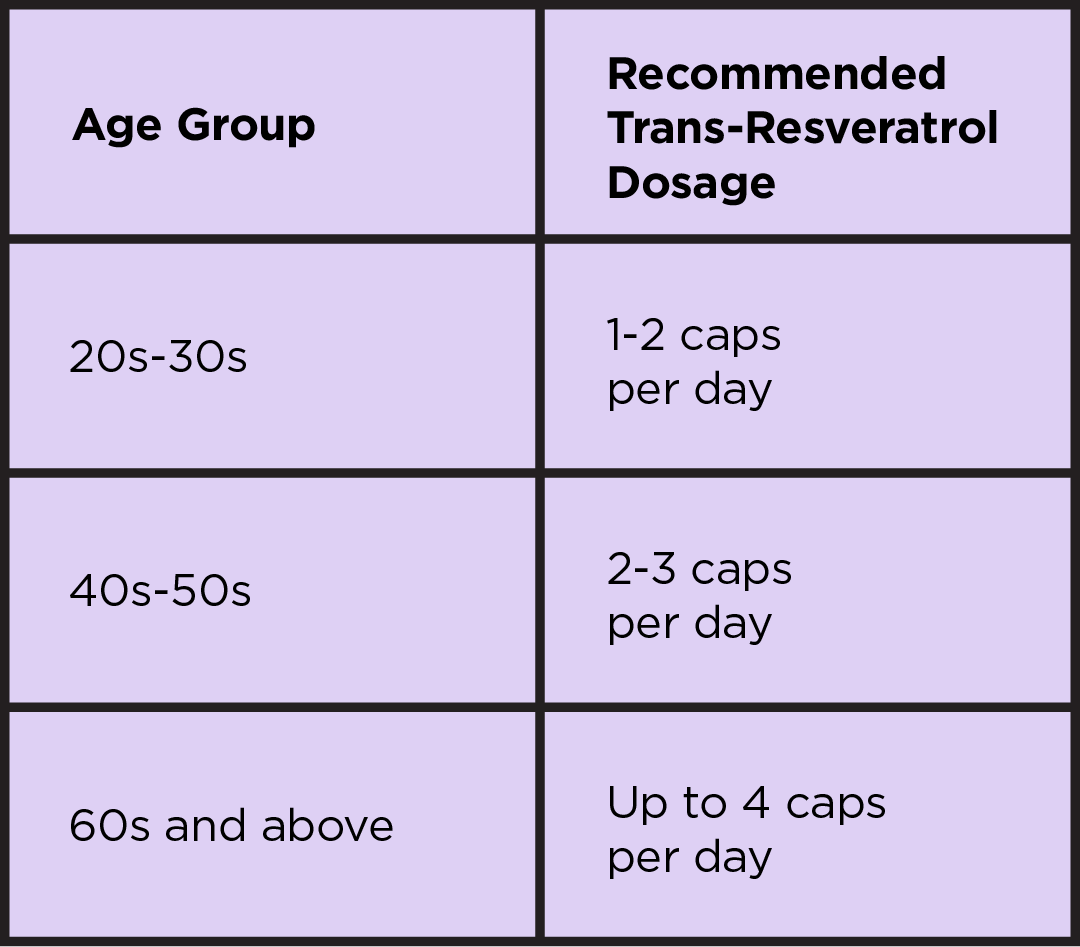New Study Develops Cost-Effective Method for NMN Production in Diabetes Treatment
Diabetes, a chronic disease affecting millions of people worldwide, is on the rise. One of the key factors in type 2 diabetes is insulin resistance, which is linked to decreased levels of NAD+, a coenzyme involved in metabolic pathways and mitochondrial function. Researchers have found that a substance called β-nicotinamide mononucleotide (NMN) can successfully reverse insulin resistance in mice without any toxic effects.
However, NMN production is expensive, and more cost-effective methods are needed. In a recent study, scientists propose a biotechnological method for NMN production in Escherichia coli, a widely used organism in biotechnology. The researchers transformed E. coli cells with the genes necessary for NMN production and tested the effects of different culture conditions on NMN production. They found that the maximum NMN production achieved was 15.42 mg per L of bacterial culture, or 17.26 mg per gram of protein.
To achieve this, the researchers used bicistronic expression of recombinant enzymes in the presence of nicotinamide (NAM) and lactose. The transformed bacterial cells produced significantly higher concentrations of NMN compared to untransformed cells.
The study also explored the effects of different culture conditions on NMN production. They found that glucose supplementation increased NMN production, while lactose supplementation led to a drop in production. The researchers developed a medium containing acetate as a carbon source to avoid the need for lactose supplementation and ensure a continuous increase in NMN production.
The study's findings hold promise for addressing the high cost of NMN production and potentially making it more accessible for medical applications. The researchers achieved the highest reported NMN production so far and used low-cost growing media and simple process equipment.
This new method may contribute to the development of affordable treatments for type 2 diabetes and other diseases associated with aging. Further research and development are needed to optimize the production process and explore its potential applications in clinical settings.
The supplementary material of the study includes figures that provide additional details and data. The file size of the supplementary figures is 5.4 megabytes, and they are available in PDF format.
Title of paper: β-nicotinamide mononucleotide (NMN) production in Escherichia coli
Author(s): Marinescu GC, Popescu RG, Stoian G, Dinischiotu A.
Year published: 2018
Published in: Sci Rep
Original article can be found here.


